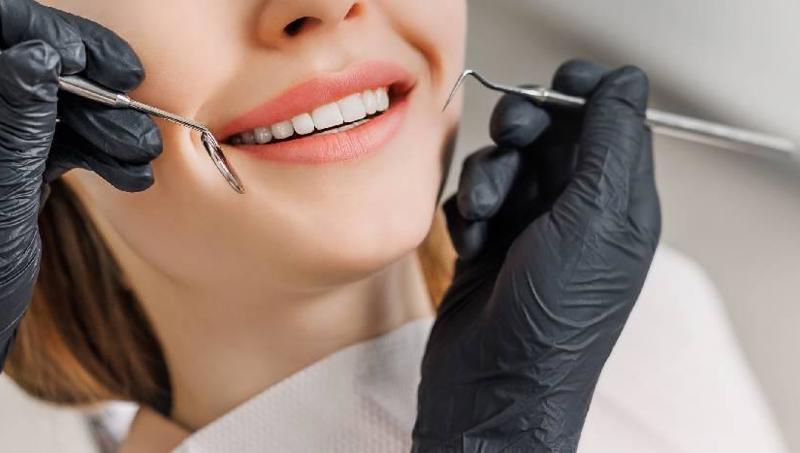
Smile aesthetics and dentistry include various methods used to improve people's smiles and achieve an overall aesthetic appearance. Dental aesthetics stands out as a sub-branch in the field of dentistry that focuses on aesthetic problems.
Methods such as whitening procedures, porcelain veneers, aesthetic fillings and orthodontic treatments to correct irregular tooth alignment can be considered within the scope of smile aesthetics. Dentists can help patients achieve an aesthetic smile by offering solutions tailored to their individual needs and wishes.
Smile aesthetics is not just about aesthetic improvements; It can also increase people's self-confidence and have a positive impact on their social relationships. Therefore, dentists and cosmetic dentists offer a variety of technologies and treatment options to ensure patients' satisfaction and a healthy smile.
Smile aesthetics usually consists of several stages:
1. Evaluation and Planning: The first stage is for the dentist to evaluate the patient and understand his wishes. At this stage, the dentist analyzes the patient's current condition and decides what aesthetic improvements to make.
2. Preparation and Treatment Plan: After the evaluation, the dentist creates a treatment plan. This plan includes treatments to be applied based on the patient's needs and wishes. At this stage, whitening, porcelain veneers, aesthetic fillings or other necessary procedures are determined.
3. Treatment Application: The determined treatment plan is applied. This phase may include whitening procedures, placement of porcelain veneers, application of aesthetic fillings, or other aesthetic dentistry procedures. The treatment process may vary depending on each patient's condition.
4. Follow-up and Care: After the treatment is administered, the dentist usually monitors the patient and makes corrections if necessary. Additionally, it is important for the patient to continue regular dental checkups and maintain good oral hygiene.
These stages provide a general guide to improving the aesthetics of one's smile; However, since each patient is different, the treatment process can be tailored to individual needs.








